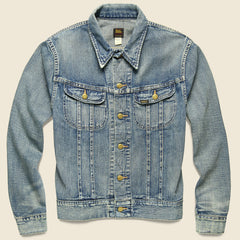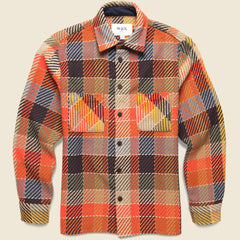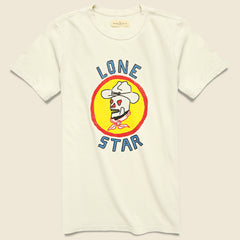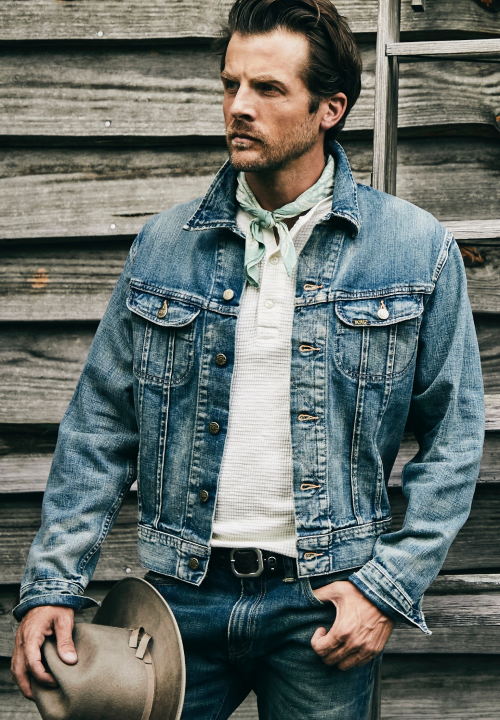
While most men these days have seemingly lost their ability to function politely in the modern era, David Coggins has been taking notes. For years, David has been an obvious observer of all things sartorial. He has been a frequent contributor for Conde Nast Traveler, A Continuous Lean and Esquire, but the success of his New York Times best-selling book, Men and Style, has afforded him the opportunity to write about a new subject regarding males …. “manners.”
Mr. Coggins is indeed a renaissance man, with interests and skills that seem of a different era. And yet, he has an Instagram presence that boasts a following of over 25,000 people and uses a smartphone (among other technological advances) to carry out his day-to-day. With one foot in the past, and one presently placed in 2018, it seems apparent that David is the perfect person to direct us into the well-mannered future.
Some may take offense to the notion that we have taken a few steps back in relation to our manners, but the bright glow of smartphones during your next date might be evidence enough. We have become in need of a few guidelines that can bring us back to reality. David’s new book, Men and Manners, provides some witty anecdotes for being present, and frankly just trying a little harder.
Residing in New York's West Village, our friend Taylor Tehan sat down with David at one of his favorite local watering holes, The Rusty Knot.



Taylor Tehan: What prompted the decision to follow up Men and Style with Men and Manners?
David Coggins: Well it feels like a time where there’s a lot of change. There’s technology, of course, but there’s also the issue of how should men act today. What are the best traditions to bring forward and what are outdated and worth leaving behind? And, to be honest, if feels like behavior in public is not what it could be. It feels like a lot of people sense this, so it felt like the right time to make the case for a more civilized code.
TT: Men and Style had a lot to do with men and the influence of their fathers. Are there things that you inherited from your father regarding manners? If so, would you mind sharing one?
DC: Oh, I’ve learned a lot from my dad. He’s been a big influence on me. I learned from him that there are just certain things you should know how to do—some of those are skills, like driving a manual transmission or navigating a wine list. But they’re also about manners, how you interact with people, how you listen to them and show respect. And of course to dress for the occasion.
TT: Tell us a bit about the Illustrator for your book.
DC: He’s Chris DeLorenzo and he’s just great. He’s got a really dynamic, graphic style. But his drawings are clever and funny and full of double-meanings. He’s terrific and really sets the tone for the book.
TT: With your frequent trips to Japan, Texas and Europe, have you noticed a difference in manners?
DC: Oh, there are a lot of differences. I learn a lot in Japan. People are so patient and respectful. It really helps remind you to slow things down. When I go somewhere in the South I’m reminded that, like a lot of New Yorkers, I like to move quickly. Sometimes it’s good to take your time. But if tourists walk slowly down the crowded streets of New York I do sprint around them. I’ve always found Texans to be really polite. And in Europe Italians are incredibly outgoing and gracious. Even French people, like New Yorkers, have a reputation for surliness, but I haven’t found that to be the case if you make an effort. Same is true of New Yorkers.
TT: Were you ever required to take an etiquette class growing up?
DC: I didn’t. My mom was very attentive to those sorts of things. She was, and is, one of the sweetest women.
TT: In your opinion, how much of the slip in manners can be attributed to technology?
DC: I think a lot of it has to do with technology. We are in our own little bubbles and are disconnected from the people around us. So people have full-volume conversations on the phone in restaurants, which is just not good.
TT: I know you are an avid reader: Is there a favorite fictional character that embodies both perfect style and manners?
DC: Oh that’s a good question. In a way, I think it’s more fun to read about characters with bad manners or who are struggling to do the right thing. Like Lucky Jim, in Kingsley Amis’s hysterical novel. He’s always in some sort of conundrum and then he accidentally falls asleep smoking a cigarette and lights his bed on fire. Henry James deals a lot with manners, particularly the contrast between American and Europeans. Isabel Archer in Portrait of Lady is fascinating. She’s very elegant but also quite open. I’ve always been fascinated with her. Especially when her life gets more complicated and she still tries to do the right thing.
TT: If you had to pick, what is your biggest manners pet peeve?
DC: Well a lot of the book is about being more tolerant and patient. But I really struggle with men in their flip-flops. I would happily live the rest of my life without seeing another man’s toes.


BLUNDSTONE 500 |
HAND-THROWN POTTERY |
BARSTOW WESTERN |
GRAYSON SUNGLASSES |













